Here is a Guest Post from Jillian McKee at the Mesothelioma Cancer Alliance:
After Tour de France champion Lance Armstrong recovered from testicular cancer, he created the Livestrong Foundation as a resource for those with cancer. He sometimes worked the phones himself and received many questions about his lifestyle and his diet. Cancer patients wanted to know exactly what he was eating that made him recover so strongly.
Lance is an elite athlete. His body might not be anything like yours, but a healthy diet cannot only reduce your chances of getting cancer, it can also help you recover faster. The National Cancer Institute gives an overview of nutrition in cancer care and says cancer can change the way the body uses food. Some types of stomach or intestinal tumors may prevent the body from absorbing the necessary nutrients from food.
Cancer treatments can also affect the senses and the appetite. One type of cancer that requires proper nutrition is Mesothelioma cancer, which typically affects the lungs and is caused from exposure to asbestos. Many people don’t know that this type of cancer can also affect organs vital for digestion such as the stomach and intestine.
Treatments for cancer will often make the patient weak and tired. Food is our main source of fuel. Eating the right foods during cancer treatment can help replenish nutrients in the body and give the patient additional strength and mental vitality needed to speed recovery.
Because the immune system is weakened by cancer treatments such as chemotherapy and radiation, it is important to eat foods that naturally boost the immune system. Other symptoms such as diarrhea, constipation, and vomiting can also be addressed with proper nutrition.
Lance Armstrong already followed a rigorous training schedule and diet plan. You probably are not used to monitoring every little thing you put into your body. If you could prevent getting sick with cancer, the extra effort would probably be worth it. If cancer has already invaded your body, you want to do everything in your power to fight it.
Even if you’re not an award-winning athlete, good nutrition is one of the most cost-effective and simplest things you can do to possibly extend your life. You never know, you might have the sudden urge to take up cycling to expel all that extra energy from eating good food.
 Bringing a wealth of personal and professional experience to the organization, Jillian McKee has worked as the Complementary Medicine Advocate at the Mesothelioma Cancer Alliance since June of 2009. Jillian spends most her time on outreach efforts and spreading information about the integration of complementary and alternative medicine when used in conjunction with traditional cancer treatment.
Bringing a wealth of personal and professional experience to the organization, Jillian McKee has worked as the Complementary Medicine Advocate at the Mesothelioma Cancer Alliance since June of 2009. Jillian spends most her time on outreach efforts and spreading information about the integration of complementary and alternative medicine when used in conjunction with traditional cancer treatment.
Visit Jillian on her blog Follow Jillian on Twitter Find Jillian on FB
NOTE:
Have you been exposed to asbestos, a cancer causing mineral, at work or during military service and are now suffering from asbestos related diseases, such as mesothelioma cancer?
This website MesotheliomaLawyerCenter.org is a comprehensive asbestos disease informational resource. Additionally, they offer mesothelioma victims and their loved ones the following items, free of charge: a comprehensive Mesothelioma & Asbestos Guide; 3 must-read mesothelioma books written by medical professionals and mesothelioma survivors; veteran benefits assistance, and more.
 Mediterranean Diet Recipes
Mediterranean Diet Recipes
 Categories:
Categories:  Tags:
Tags: 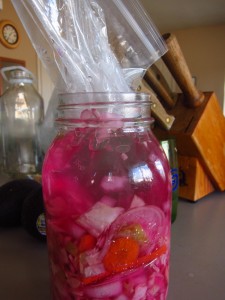
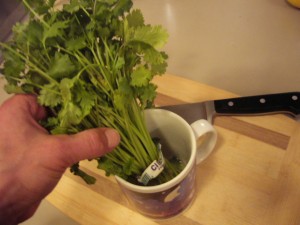
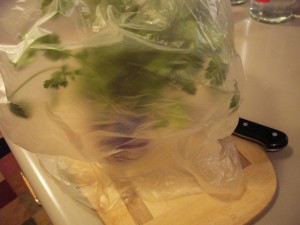
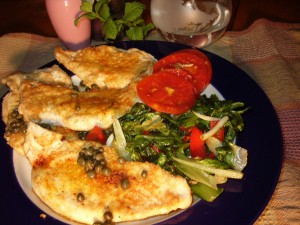
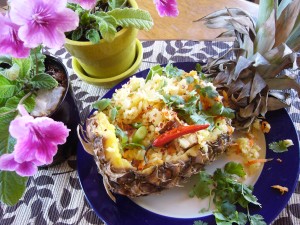
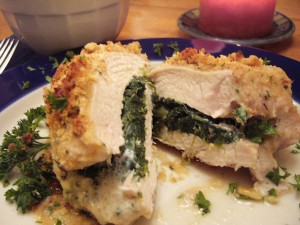
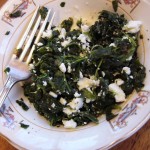
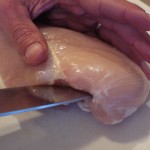
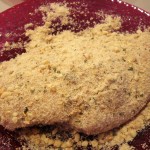


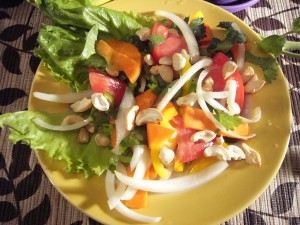
Recent Comments